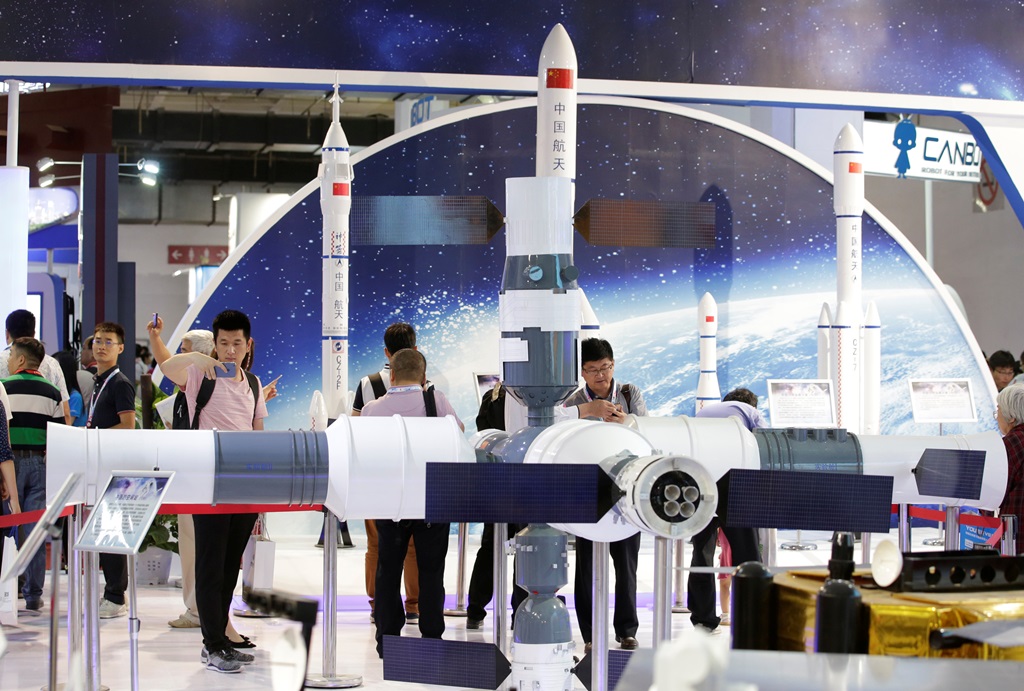Changes in China–Central Europe Cooperation after the Dubrovnik Summit

What was established at Dubrovnik?
During the summit, a text of “guidelines” was negotiated. It indicates the complementarity of the “17+1” grouping with other China-EU cooperation formats. The need to finalise the negotiations of an investment agreement by 2020, the synergy between the Belt and Road Initiative (BRI) and the EU’s connectivity strategy, and cooperation on WTO reform were also mentioned in the document. Willingness to work out procedures for enlargement of the “+” format was also declared. The inclusion of Greece is also unprecedented in that it happened with the consensus of the other participants, not just China. During the summit, several states signed separate agreements with China on, for example, loans from the China Development Bank (Hungary, Serbia) and Huawei training for ICT personnel in Croatia.
Why did Greece join?
The Greek authorities declared their country would join the “16+1” in 2018 but it became possible just this year after the settlement of the Macedonia name issue. For domestic political purposes, Greece’s participation will also serve as an example of success in its foreign policy before the upcoming parliamentary elections. For China, the inclusion of Greece serves mainly political purposes. Greece’s experience from the major financial crisis, its criticism of German positions, and other aspects will help China with its plans to strengthen the initiative as an opposition bloc to the EU’s sharpening stance towards China. The involvement of Greece will also help China construct North-South infrastructure projects under BRI, particularly the use of the Piraeus port, in which Chinese shipping company Cosco has a majority share. The enlargement of the initiative also can be presented by Chinese leader Xi Jinping as another success of BRI.
What are China’s main goals from the “17+1” with respect to Central Europe?
The Dubrovnik summit confirmed a change in the distribution of importance within the initiative. In 2018 even, the Chinese authorities were considering decreasing the frequency of prime ministers meetings. Until now, no EU Member State that had not been a member of a socialist bloc in the past had been included in this format. The Chinese had used that factor to help explain its choice of the 16 other participants. The summit proved that investment and economic cooperation will remain an important part of China’s activities in the “17+1” format, mainly in the Balkans, but it will especially serve as a tool to underline the positive effects of China’s presence in the region and build up its position with the EU. China will also put an emphasis on people-to-people and cultural exchanges as an element to strengthen its soft power. Poland, along with the Czech Republic and Slovakia, however, will be treated with mistrust because of their relations with the U.S.
What do the “17+1” changes mean for China’s relations with the EU or U.S.?
China tries to strengthen its EU component with the “17+1”. Despite the EU’s doubts about the China–CE format, the EEAS observer present at the summit evaluated its achievements positively. The “17+1” is supposed to amplify the Chinese narrative within the EU on such issues as the role of the WTO, its criticism of protectionism, and the benefits of cooperation with Huawei on 5G. Also significant, especially in the context of U.S. relations, as well as with Germany, is the Chinese interest in the Three Seas Initiative (TSI). The Dubrovnik guidelines include a declaration of cooperation in the development of seaport infrastructure and other things. In the process of clarification of TSI projects, such as Croatian ports on the Adriatic, investment competition between Germany, the U.S., and China in Central Europe may increase.
Why do Central European countries engage in “17+1”?
The Balkan states—especially those with EU aspirations—see the “17+1” as a chance to attract Chinese capital to infrastructure projects. The scale of the Chinese investment in the Balkans is small in comparison to the EU but European procedures and the need to comply with the Union’s political conditions can be difficult. That is why Bosnia and Hercegovina, for example, is eager to attract Chinese investment, even take on debt, on a greater scale than its actual budget capabilities. More than that, for the countries outside the EU, the “17+1” is also a chance to have regular political meetings with the Chinese prime minister. For Hungary and Greece, this cooperation with China is above all an element of the diversification of their foreign policy. The Baltic states, as well as Poland and Romania, remain focused on the Russian threat, which is why they treat relations with the U.S. as a priority while still engaging with China.



